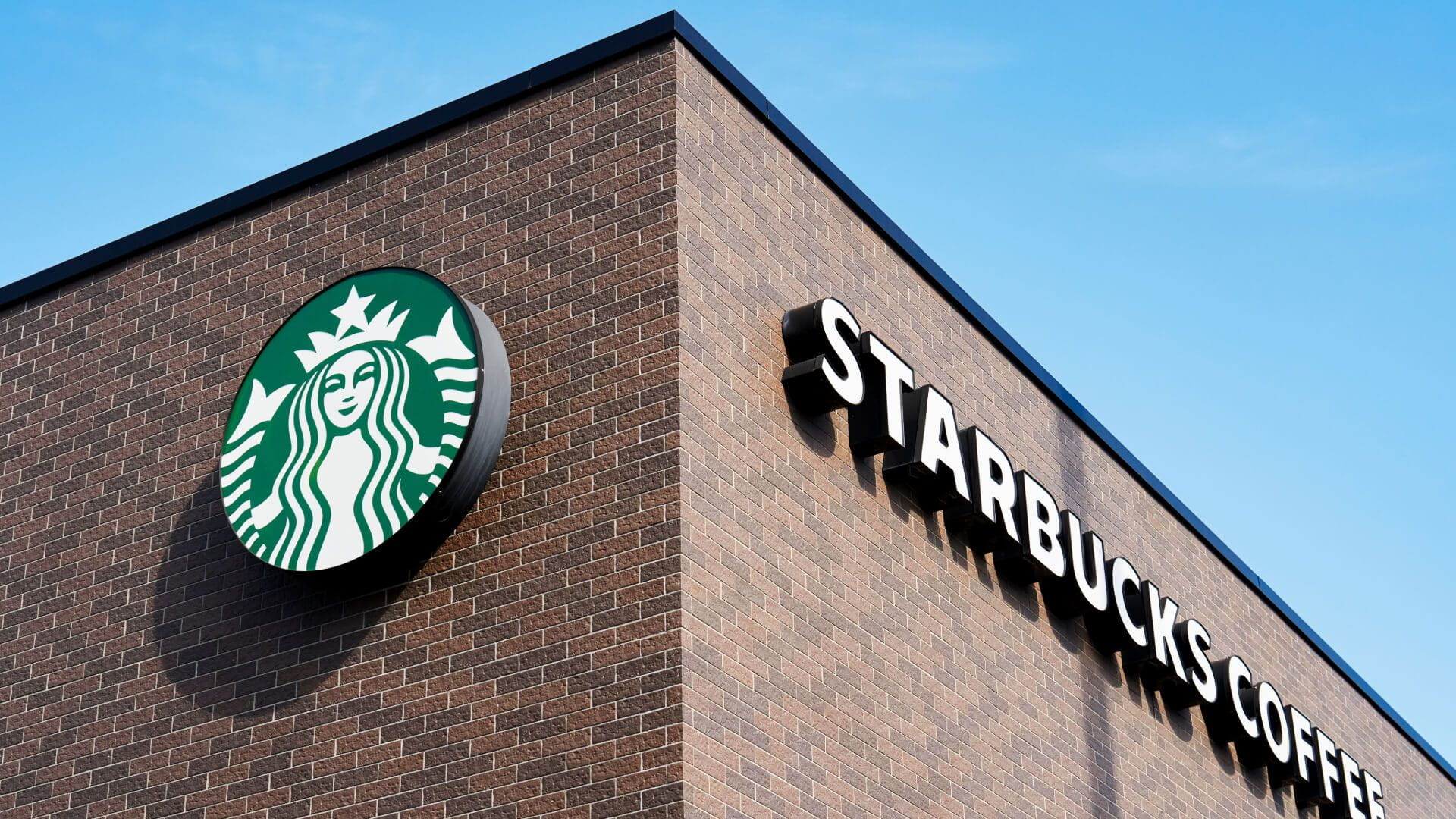Starbucks Overhauls Strategy: Job Cuts, Menu Simplification, and a New Vision for Efficiency
Posted by Emily on 25th Feb 2025 Reading Time:
Starbucks, the global coffee giant, is making significant changes to its operations, cutting 1,100 corporate jobs and simplifying its menu to reinvigorate its flagging business, particularly in its home market of the US. The shake-up, spearheaded by CEO Brian Niccol, who took the reins last year, is part of a broader strategy to improve efficiency, streamline operations, and restore Starbucks’ core identity as a coffeehouse.
With sales in decline for four consecutive quarters, the company is focused on regaining momentum by cutting back on what it deems underperforming menu items. As of March 4, Starbucks will eliminate several drinks, including the Royal English Breakfast Latte, White Hot Chocolate, and a range of frappuccinos. According to Starbucks, these products either lacked popularity or were too complex to prepare efficiently. By reducing the menu by nearly a third, the company hopes to improve wait times, enhance product quality, and better align with its founding mission.
This drastic menu reduction departs from Starbucks’ previous strategy of offering increasingly personalised drinks. The company is opting for a more straightforward, focused selection of beverages, aiming to deliver high-quality options consistently and quickly. It is also introducing new items based on customer feedback, including seasonal Valentine’s Day drinks and a range of exciting spring offerings, such as the return of Lavender beverages and the addition of Iced Cherry Chai.
However, the menu cuts are just one part of a larger restructuring plan that includes eliminating over a thousand corporate roles. Starbucks plans to eliminate “layers and duplication” in its corporate structure to create smaller, more nimble teams, thereby increasing accountability and reducing complexity. Niccol’s aim is precise: Starbucks must become more responsive to market shifts while ensuring its store operations remain strong.
The layoffs, which will not affect in-store staff such as baristas, will primarily target corporate “support partner” roles. These changes are about reducing headcount and realigning the company’s focus to ensure that resources are spent on areas that will drive more significant impact, particularly at the store level, where customer experience is paramount. Despite these cuts, Starbucks remains committed to investing in in-store operations and improving service times, which have faced criticism from customers in recent years.
However, the challenges facing Starbucks go beyond the menu and workforce. The company has been struggling with customer dissatisfaction, particularly in the US, where customers have voiced concerns about high prices, long wait times, and a lack of efficiency during peak hours. Additionally, Starbucks is grappling with unionisation efforts at more than 30% of its US stores, adding complexity to its operations and management.
In response, Starbucks has reintroduced several in-store changes designed to enhance the customer experience, such as self-serve condiment bars, handwritten notes on cups, and a greater use of ceramic mugs. These efforts are part of a larger strategy to restore Starbucks to its roots as a community-oriented coffeehouse, a vision Niccol has been vocal about since taking the helm.
While these changes are significant, Starbucks’ journey to recovery is far from guaranteed. Niccol, known for his success in turning around Chipotle, faces navigating a competitive and increasingly fragmented coffee market. In addition to competition in the US, Starbucks is facing fierce rivalry in China, its second-largest market, from local coffee brands offering similar products at lower prices.
However, despite these headwinds, Niccol’s leadership has sparked optimism among investors. Since his appointment, Starbucks’ stock has rebounded by over 22%, buoyed by confidence in his ability to streamline the business and drive long-term success. Niccol’s next challenge will be ensuring that the company’s transformation resonates with customers, improves operational efficiency, and maintains Starbucks’ global position as the largest branded coffee chain.





